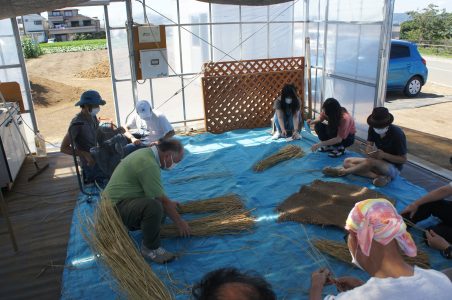Let’s Spread Local Resource Information and Connect!



During the COVID-19 pandemic, individuals were largely restricted to staying at home and civic activities stagnated, however, there was also more time to pay attention to our surroundings. Miura City is using this new way of living to revitalize the city by providing resources such as a handbook on how to share favourite community places or memories. The city is providing a platform for older adults to contribute their wisdom and experiences in a way that will benefit the entire community.
Older adults are a source of information on the city and we have held courses to support startups and facilitate community meetings. Older adults spotlight the buried historical heritage of the community by holding walking events, acting as reporters for the community newspaper, and writing blogs. Young community members learn about the history of various culinary practices and have been taught how to protect and nurture rice paddies by older adults. Ensuring that older adults are given the opportunity to be included within our city has benefited the entire community and we look forward to continuing these activities in the future.
Website: https://www.miuracc.org/sasaeai/
Main target group: Older people in general
Sector(s): Education, Health, Information and communication
Desired outcome for older people:
Contribute